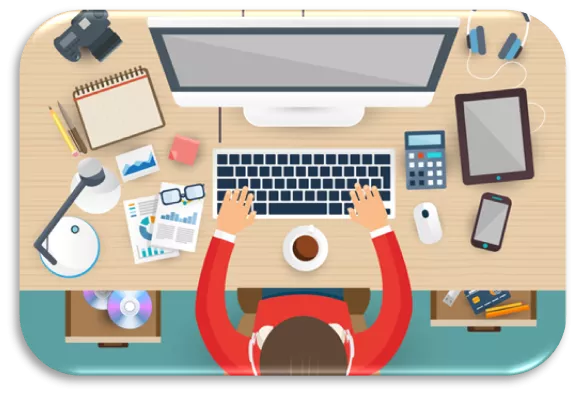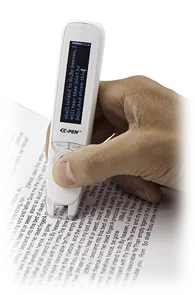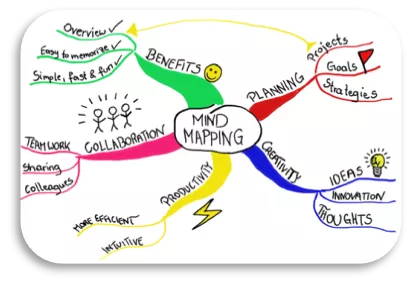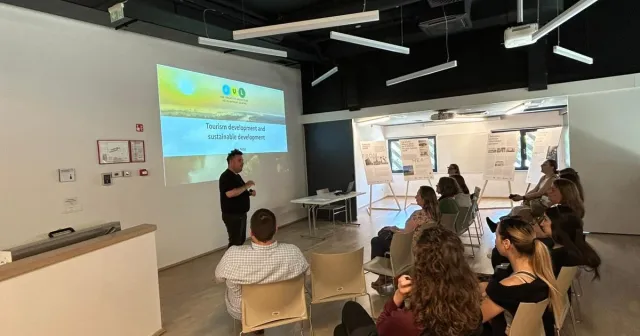Switched on to Learning

Switched on to Learning
Introduction
In October 2015 the Department of Education and Skills published The Digital Strategy for Enhancing Teaching Learning and Assessment 2015-2020. This Digital Strategy provided a rationale and a government action plan for integrating Information Technology (I.T.) into teaching, learning and assessment over a period of 5 years. The Digital Strategy includes the use of Assistive Technology. “For people with disabilities, technology can change the most ordinary of daily activities from the impossible to the possible” (Enable Ireland, 2016).
This blog sets out to explore the power of assistive technology to promote inclusion and transform the learning experience of students with special educational needs in further education. However, in order to appreciate the power of assistive technology in this context it is necessary to understand what is meant by the terms “Inclusion” and “Special Educational Needs”, Assistive Technology and indeed Information Technology in the Irish context.
The term “special educational needs” is defined in the Education for Persons with Special Educational Needs (EPSEN) Act 2004 as: “a restriction in the capacity of the person to participate in and benefit from education on account of an enduring physical, sensory, mental health or learning disability or any other condition which results in a person learning differently from a person without that condition… ” (Government of Ireland, 2004).
Inclusion means dealing with diversity. Central to the issue of inclusive practice is the question of provision; specifically, what forms of provision should be made for adults in further education with significantly different learning needs? Inclusion involves the removal of barriers to enable the full participation of adults with special educational needs and disabilities in further education settings.
The Power of Assistive Technology

Assistive Technology has changed the face of education, providing a means for all learners to reach their full potential through methods that best suit each individual (Ahead, 2019). In thinking about how assistive technology can facilitate access to learning resources or teaching material, the focus is on providing access to technologies that will bridge the ‘access gap’ between the teaching material and the student. Modifying the material will not be necessary if the assistive technology most fitting to the learning difficulty or disability can be utilized. Giving learners the tools to adapt content to their own needs and preferences should be seen as superior to adapting the content for them.
The use of technology facilitates access to education for all adults, making learning possible for all. The range of Assistive Technology available is very broad and varied, ranging from simple to more complex software, catering for visual and auditory impairments, physical difficulties, learning difficulties and autism. The most important element is that of empowerment. Assistive Technology makes learning possible for those who may have previously struggled with access to education.

There are many innovative assistive technologies available today, ranging from “low-tech” to “high-tech”, too many to give an appropriate acknowledgement to in this blog. The following 5 tools are popular choices:

A portable, pocket-sized device that reads text aloud with a multilingual human-like digital voice. The C-Pen Reader promotes independent reading and is a useful tool for students with dyslexia or vision impairment. This “high-tech” device puts the power of the Oxford Dictionary in the learner’s hands - a scanner allows students to highlight a word displaying the definition and reading it aloud. It also facilitates information capturing, scanning lines of text and uploading to a PC or Mac. Watch a demonstration of the C-Pen Reader here.
Read & Write Goal

Dragon Naturally Speaking
An innovative speech recognition program that allows the user to speak into a microphone on a computer with the software translating the spoken words into text in a text program. An efficient and productive tool, Dragon Naturally Speaking software is extremely useful for those who have difficulties with writing skills due to learning disability such as dyslexia and dysgraphia. Voice recognition software promotes independence, allowing the student to express themselves and also gives rise to enhanced learning. Further explanation are available here.
MindGenius (Mind Mapping Software)

JAWS - Job Access With Speech
JAWS is a powerful accessibility solution for the visually impaired user. The screen reader software has a variety of features including Braille support, and multilingual speech options for the most popular PC applications. JAWS allows the visually impaired user to work independently on a computer, and carry out tasks such as reading emails, navigating the internet and creating presentations. Further information available here.
Most of the assistive technology tools listed above fall under the “high-tech” category. However, not all assistive technology tools are high end. Some simple, “low-tech” tools include highlighters, organizers and pencil grips. Highlighters and organizers can be an excellent tool for students with memory loss and pencil grips can help students that have trouble with motor skills. Sometimes, as educators we need to ask ourselves what small changes can we make? Something as simple as using adaptive paper can make a huge difference to each individual student. Adaptive paper can be beneficial to students with dyslexia, dyspraxia or autism.
There are also negative sides to assistive technology. For example, we spoke with a learner who uses a C-Pen Reader, “I have a pen and although it saves my arm it doesn’t work very well in group discussions or on some of the philosophical methods that may be used while teaching. I felt I missed some information because I didn’t want people’s voices and input recorded. Similarly, people do not want their voice recorded on somebody’s C-Pen Reader. I would argue that a pen reader is better suited to the banking method of education, recording information from the expert as a means of taking notes and for revision. For this reason, I didn’t want people’s opinions or stories on my notes! This in turn makes it difficult to determine when to record or not.” For other devices, as with all technologies, there can be off days so it may act up at times. If an element of the assistive technology device breaks down this can cause problems for the learner as it takes time to get parts, or indeed the device fixed. Devices also need to be charged and it means more baggage for a person if they are carrying the devices around. One major complication for the use of assistive technology devices in the cost of implementation on the further education setting, especially the “high-tech” software.
Impact of Assistive Technology in Adult Education
| With Assistive Technology | Without Assistive Technology |
|---|---|
| Opportunity to access quality educaiton and future employment | Restricted access to quality education and future careers |
Government investment - less expensive and minimal support, low cost in overall budget (Department of Education, TUSLA, HSE) | Lifelong support from disability allowance. Continuous support and expensive in the long run |
| Education and careers | Limited opportunities |
Economically independent, self-fulfilled, happy and socially confident | Economically dependent, poor quality of life and low self-esteem |
Conclusion
There are many examples of assistive technology successfully embedding into the practices of an inclusive further education setting, but there is still some way to go to ensure this is a seamless approach. There are many benefits, and difficulties, associated with adopting assistive technology to support learners with additional educational needs. While the challenges may be great, the potential for assistive technology to impact on the social and educational outcomes for adults with disabilities in inclusive educational settings is far too great to be overlooked. Ultimately, assistive technologies can make or break education for individuals. For a person without a disability, technology makes things easier. For a person with a disability, technology makes things possible.




